Historical habitat use by Coregonus artedi in Lake Michigan
Contributing Authors
Yu-Chun Kao (USFWS, yuchun_kao@fws.gov), David Bunnell (USGS)
Executive Summary
With the global-scale loss of biodiversity, current restoration programs have been often required as part of conservation plans for species richness and ecosystem integrity. The restoration of pelagic-oriented cisco (Coregonus artedi) has been an interest of Lake Michigan managers because it may increase the diversity and resilience of the fish assemblages and conserve the integrity of the ecosystems in a changing environment. To inform restoration, we described historical habitat use of cisco by analyzing a unique fishery-independent dataset collected in 1930–1932 by the U.S. Bureau of Fisheries’ first research vessel Fulmar and a commercial catch dataset reported by the State of Michigan in the same period, both based on gear fished on the bottom. Our results confirmed that the two major embayments, Green Bay and Grand Traverse Bay, were important habitats for cisco and suggest that the Bays were capable of supporting cisco to complete its entire life cycle in the early 20th century as there was no lack of summer feeding and fall spawning habitats. Seasonally, our results showed that cisco stayed in nearshore waters in spring, migrated to offshore waters in summer, and then migrated back to nearshore waters in fall. The results also suggest that in summer, most ciscoes were in waters with bottom depths of 20–70 m, but the highest cisco density occurred in waters with a bottom depth around 40 m. We highlight the importance of embayment habitats to cisco restoration and the seasonal migration pattern of cisco identified in this study, which suggests that a restored cisco population can diversify the food web by occupying different habitats from the exotic fishes that now dominate the pelagic waters of Lake Michigan.
Describing historical habitat use of a native fish—Cisco (Coregonus artedi)—in Lake Michigan between 1930 and 1932 | PLOS ONE
